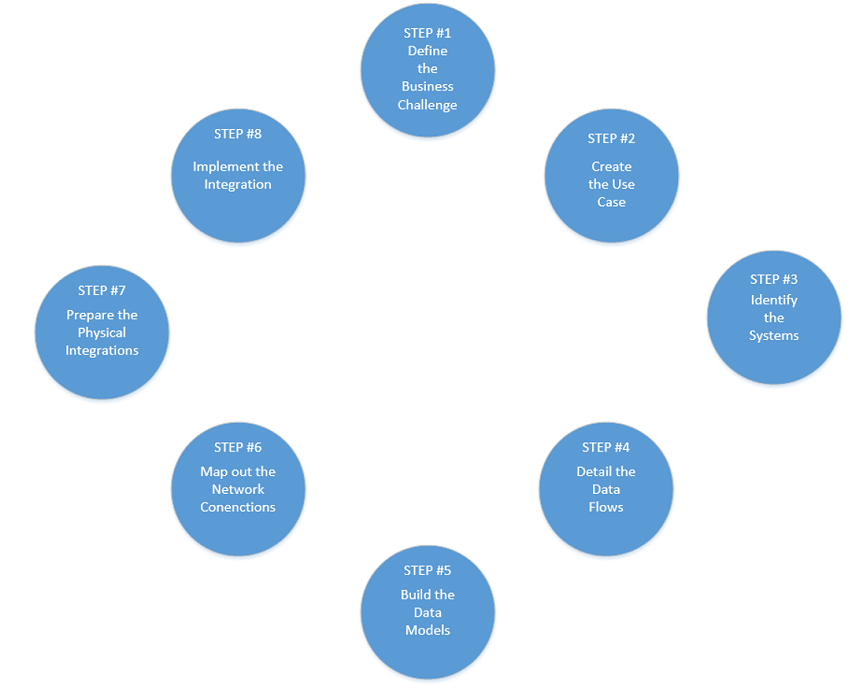What you are about to read may seem high-level, but I promise if you follow these steps you will take your skills to the next level. Let’s begin.

Phil Zito,
Building Automation Monthly
|
August 2016 |
[an error occurred while processing this directive] |
| The 8-Step Integration Model that will Rock your World What you are about to read may seem high-level, but I promise if you follow these steps you will take your skills to the next level. Let’s begin. |
 Phil Zito, Building Automation Monthly |

| Articles |
| Interviews |
| Releases |
| New Products |
| Reviews |
| [an error occurred while processing this directive] |
| Editorial |
| Events |
| Sponsors |
| Site Search |
| Newsletters |
| [an error occurred while processing this directive] |
| Archives |
| Past Issues |
| Home |
| Editors |
| eDucation |
| [an error occurred while processing this directive] |
| Training |
| Links |
| Software |
| Subscribe |
| [an error occurred while processing this directive] |
One of the persistent challenges I hear from my audience is around the topic of systems integration. Automated Buildings readers you’re in luck! Today I am going to give you a high-level overview of my 8-step process for systems integration.
The Systems Integration Model
Using this process I have personally done some of the most complex
integrations in the smart building space.
OPC integration bringing 13 different Building Automation systems AND THEIR DATABASES into a single front end. Check!
Tying together Lighting, Physical Security, Video Management, BAS, Maintenance Management Software, and Google Calendars for scheduling. Check!
Writing applications that consume XML data feeds from clinical systems and then convert this data into a BAS system. You Bet!
What you are about to read may seem high-level, but I promise if you follow these steps you will take your skills to the next level. Let’s begin.
Step #1: Define the Business Challenge
This may seem like an odd step especially for technical folks. The
reality is without defining the business challenge you will never get
adoption and support from all of the different stakeholders.
Step #2: Create the Use Case
Now that you have defined the business challenge you need to create the
use case. I prefer to use the UML modeling method for my use cases but
you can use whatever method you and your customer are comfortable with.
The key point is to:
Step #3: Identify the Systems
You now have a functional use case. We will now begin to dive into the
technical aspects of integration. It is here that you will go and dig
into the use case and identify the systems that are being used. You
need to be very detailed in this step. Often times there will be
systems that are being used that are not called out in the use case.
You want to:
Step #4: Detail out the Data Flows
Now that we have the systems detailed out we need to define our data
flows. Where is data flowing? I like to use Crow’s Foot notation to
show how my data flows are laid out. Essentially what you are trying to
do at this point is to detail out:
Step #5: Build the Data Model
Great! We know which way data is flowing. Now we need to detail out our
data model.
What points do we need from each system?
How will the points be formatted?
What protocol will the points use?
It is here that we detail out our “data model”. For this I like to use the UML class diagram. It may seem like overkill but a class diagram is a great tool to avoid having systems that won’t map to one another.
In the class diagram I map out:
Step #6: Map out the Network Connections
Naturally we need to send data to and from our systems. The way we do
this is via the network. Now you may be wondering why I waited to do a
network map until now.
The reason I waited is because I wanted to know which systems needed to
talk with one another. By first detailing out my data models and my
data flows I defined who really has to talk to who.
Many folks will look at the use case and immediately start mapping out their network connections. This results in people missing key systems that the use case did not actively mention.
Step #7: Prepare the Physical Integrations
It is at this point that we will want to begin to prepare the physical
integrations. Here we will setup any integration cards, protocol
gateways, etc. At this point in the process you should have a clear
path to finishing your integration. This step usually includes:
Step #8: Implement the Integration
This almost isn’t a step! You simply need to implement your network map
and data model. Really at this point you simply need to show up and
coordinate the other vendors. It’s funny to me because this is the step
so many people try to do first and then they wonder why this step is so
hard.
Honestly, if you’ve done each of the steps up to this point this step should be a non-event.
Conclusion
I hope you found this article enjoyable and that you learned a reliable
process to approach your integrations. If you want to learn more you
can find me at www.buildingautomationmonthly.com.
[an error occurred while processing this directive]
[Click Banner To Learn More]
[Home Page] [The Automator] [About] [Subscribe ] [Contact Us]